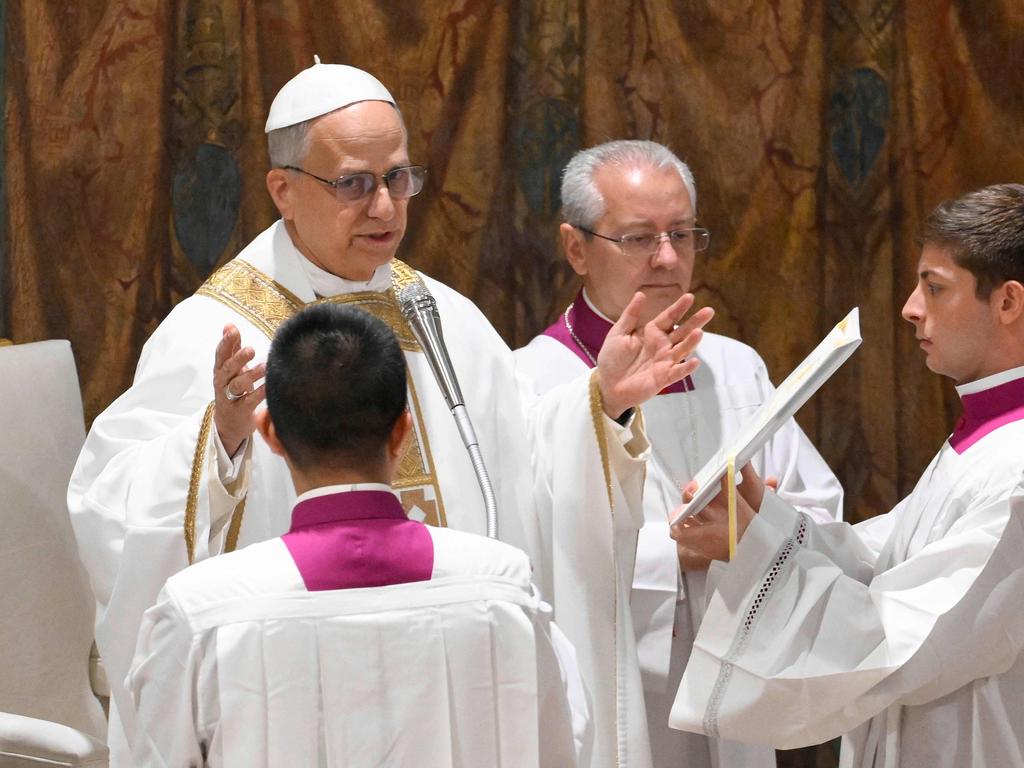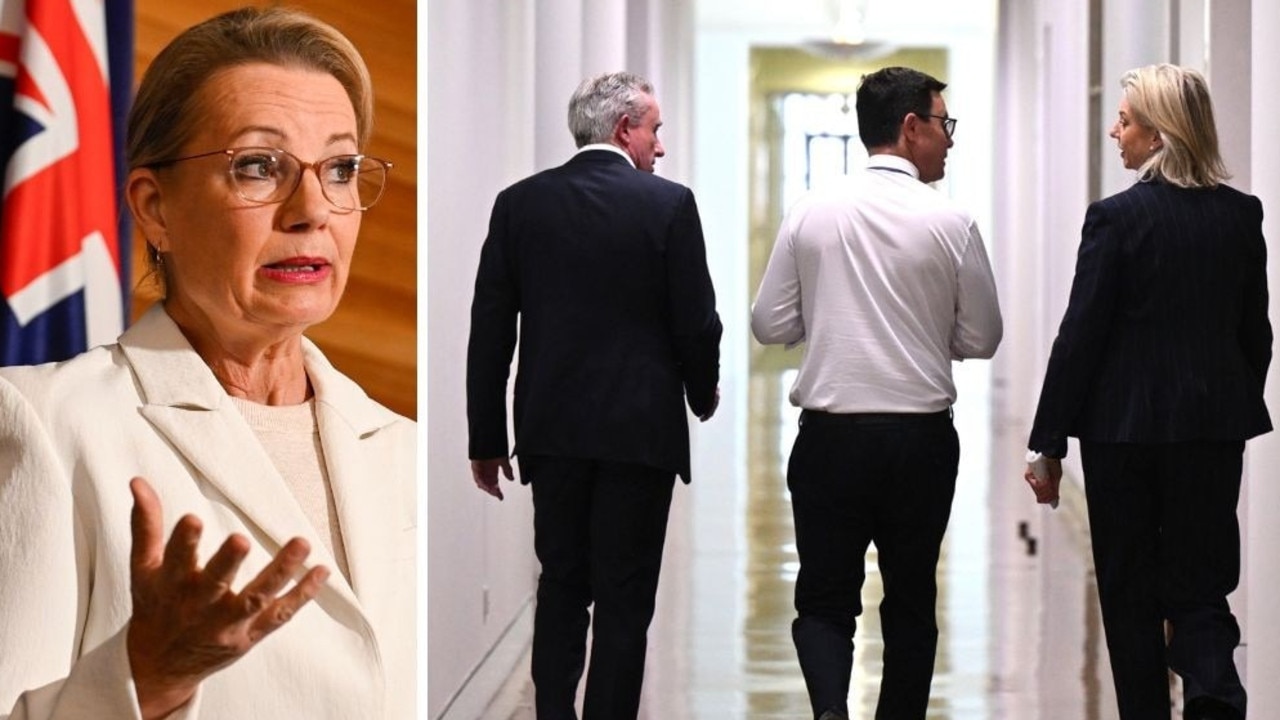There’s still room for ritual and ceremony amid our grim, clickbait existence
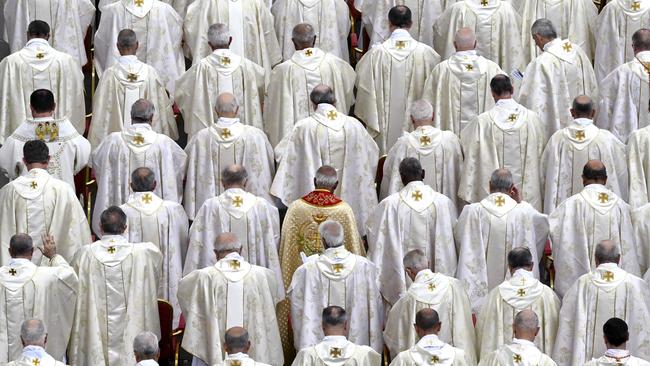
The funeral of pope Francis and the installation of Pope Leo XIV showed us one thing: in a desperately trivial world, people desperately want meaning.
We have moved beyond clickbait journalism to clickbait existence. We expect not only an immediate response to our needs but prompt anticipation.
Nothing is so serious or profound that we have to stop and wait. No symbol is so moving that we cannot dispense with it in the interest of saving time. This is why the papal funeral and installation were so important. They were an uncompromising assertion that in a disposable world some things have ineradicable meaning precisely because by the standards of social media and reality television they are utterly dispensable.
Even in our land of surfers and footy tragics, you could feel the faint, seismic ripple. People you hardly knew would commiserate with you as a Catholic on the loss of Francis. The same sort of decent Australians would later tell you they had seen at least parts of the installation; that it was deeply moving and that the new man seemed a good bloke.
What they were responding to was ceremony in the deepest sense of the world. With Australians, “ceremonious” is a simile for pomposity and snobbery. But they know real ceremony when they see it: deep meaning, emotional substance, fundamental symbolism and a mystic history.
Even the ABC reflexively grasped the point. Within minutes of the death of Francis, black suits, ties and dresses appeared, presumably from some secret stash. Leo’s installation was reported in hushed tones.
Facebook was outfaced as tens of thousands filed into St Peter’s Basilica to view the body of the dead pope. The artist formerly known as Twitter was beside the point as the pope’s body was carried to St Maria Maggiore.
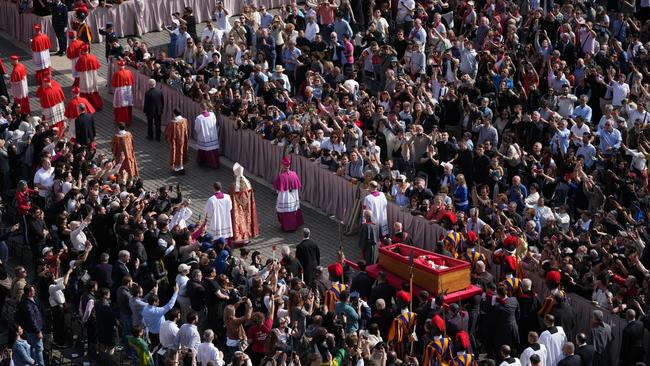
So it was with Leo’s installation.
We yearn for the genuine in this tacky existence. Nothing could be more real than the moment the ring of the fisherman was placed on the finger of an obviously tearful Pope. How could his eyes not be moist, as 2000 years of belief, charity, culture and responsibility descended upon his shoulders? How could a jaded humanity, ourselves included, not shudder with him?
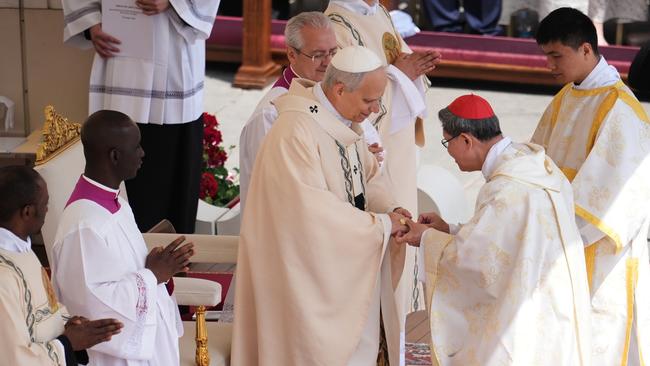
Of course, anyone would realise that in our own country, millions only glancingly appreciated what was happening in Rome – a city that is still the capital of the world, as illustrated by the important but spontaneous meeting between Donald Trump and Volodymyr Zelensky. It is amazing how the shouting and bluster fade to hushed whispers in the marbled silence of St Peter’s.
But even as they pursue their easy pleasures in the luckiest of countries, a vast number of Australians sense there is something missing. There is a lack of deeper meaning in our collective lives, and public meaning without symbolism and reflective ceremony is a contradiction in terms.
We have consumer goods but lack grandeur. We drive snazzy electric cars but do not have a sat-nav that will take us to greatness of purpose. Doubtless the decline of religion has played its part. A life where profound ceremony was enacted at least once a week – Christian, Jewish, Muslim or Hindu – inevitably shared the numinous with believers.
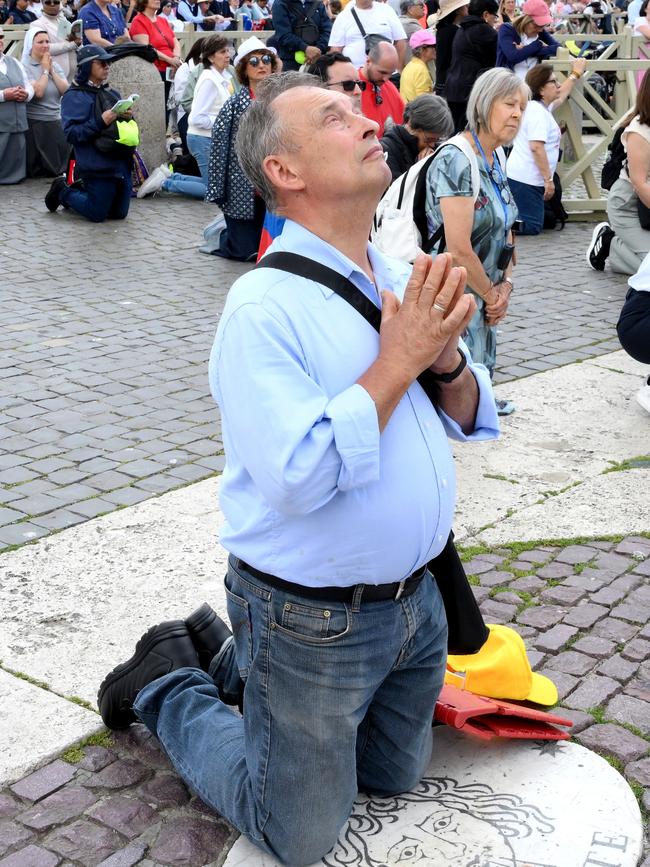
It is grimly easy to discern the hole left by departed faith. Part of it is the prevalent hopelessness that feeds so many suicides. If neither life nor death has any meaning, and the only reality is despair or mental illness, why not exit a grim reality?
The increasing respect shown by European Australians for Indigenous spirituality is another pointer. Atheists who laugh at the resurrection and miracles treat the Aboriginal story, myth and legend with cringing respect. They gladly take part in ancient ceremonies they do not begin to understand.
None of this ceremonial respect is wrong. But it is bizarre that these spiritual tourists can see only architecture when they stroll through Notre Dame.
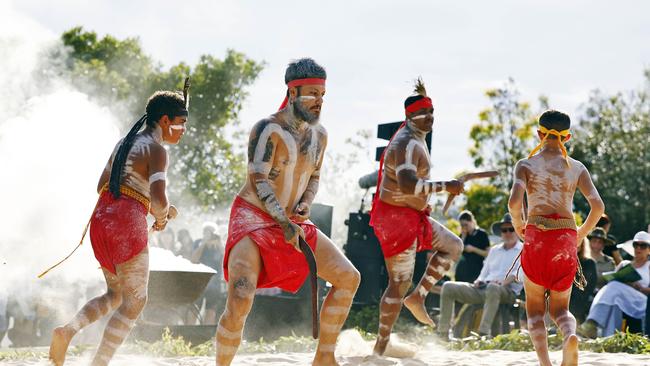
There is more than one strand to this Australian deficit in awe, an awe that can be so suddenly activated by the death and choice of popes.
One is a rather self-congratulatory disdain for the obsolete. We pride ourselves on paring down customs and practices that speak eloquently from the past. We find the ceremony of monarchy not just jarring but silly. In fact, we compete to be more derisive than our neighbours in a show of cynically correct disdain. No one will now admit to liking judges in wigs except some recidivist barristers, themselves judicial aspirants.
Even our armed forces cop it. Why do they wear outsized slouch hats, looking like crumpled sombreros? Why is the ceremonial dress of our sailors straight out of the Village People? Why on earth do we have a Federation Guard, complete with mounted lancers? But in reality some things are both important and relevant in the modern day precisely because they are obsolete. Like papal profundity, they express timeless values and memories that could never be transmitted by a history book or a podcast.
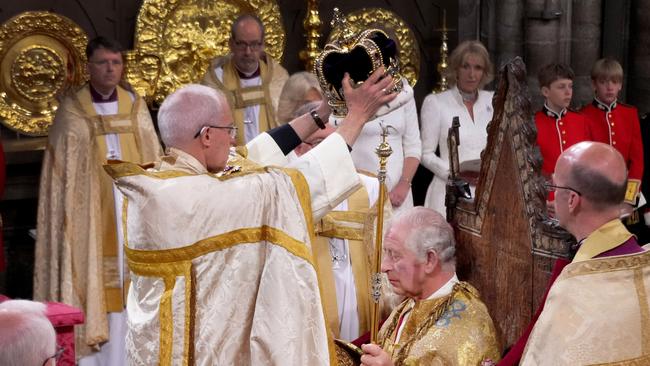
The best example in Australia is Anzac Day. Forty years ago, it was faltering. Marchers from more recent conflicts were few. Crowds were down. Nasty protesters were throwing things at veterans. Who cared about a pointless assault on some Turkish beach many decades past?
Turns out, almost everyone. This is not because we plan to land at Gallipoli again, wearing imperial uniforms armed with .303 rifles. Anzac Day is important precisely because all its details are obsolete, but its meaning is indelible. Like the funeral of a pope.
Paradoxically, it is when you try to “modernise” ancient ritual that you get into serious trouble; you cannot simply update the historically profound.
Take the coronations of Queen Elizabeth II and her son King Charles III. The first was enduring medieval mysticism speaking to the heart of her people. In an attempt to be contemporary, Charles put on a Bunnings enthronement.
The transcendent moment in a coronation is when the sovereign is anointed with sacred oil. It is so holy that no one can see it.
Elizabeth was surrounded by raised swathes of cloth-of-gold. Charles got an assembly of what looked like giant playing cards straight from some stage performance of Alice in Wonderland. It was mundane, strained and just plain tacky.
Elizabeth’s funeral, by contrast, summoned the genius of the British. As the Thames cranes dipped in salute, the troops slow-marched and the coffin was carried by soldiers from the abbey – about as obsolete an exercise as you could get – there was communion between Britain’s past and her future.
Even an Australian republican could sense it. Heaven knows what we will get at the coronation of the Prince of Wales as William IV. He is a nice young man but impatient of history and ritual, a thoroughly modern future sovereign in the worst sense of the term.
He did attend the funeral of Francis but it is doubtful he appreciated much of what he saw. That there is more to reality than mere facts, and that the link between truth, a fabulous past and sublime culture can be unbroken.
Greg Craven is former vice-chancellor of the Australian Catholic University.


